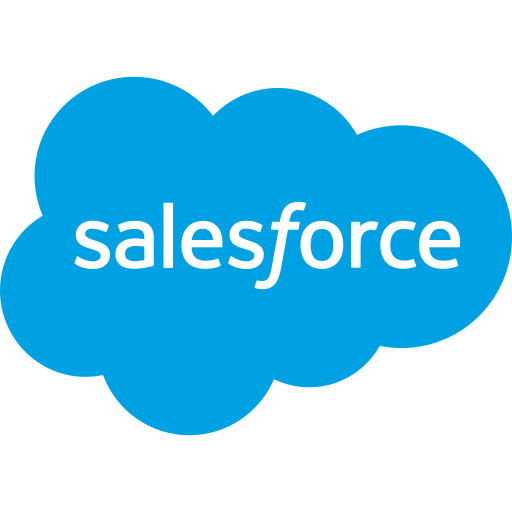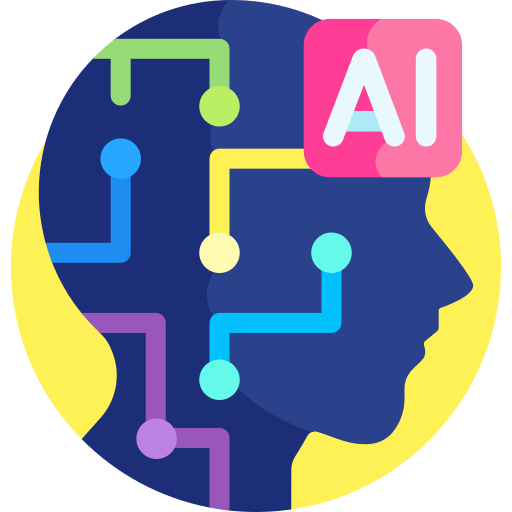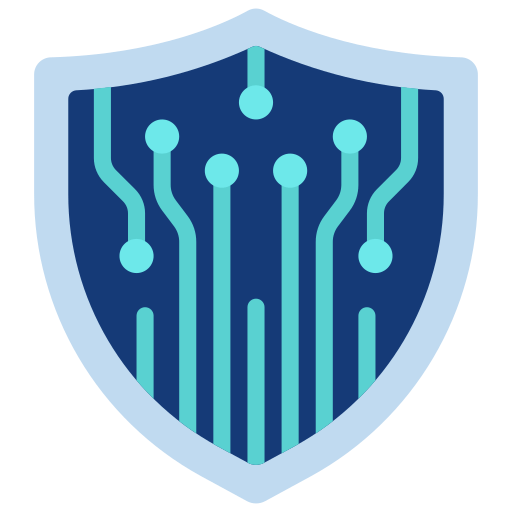Sure, we use web and mobile apps every day. But have you imagined the time, effort and resources that goes into building them, from start to finish? Building an app, even at a basic level, is a complex process. So it becomes necessary to incorporate project management frameworks like Agile to build the perfect, viable app.
Agile is not a single method. As a framework, it has a set of different methods and practices that define how the software development process has to be carried out.
Software Developers mostly rely on Agile Software Development to build software in increments from the very beginning of the project instead of delivering it all at once and keeping up with the changing requirements accordingly.
Agile practices do not solve every problem present in the software industry, but they do help establish an organised environment and culture where solutions can be developed quickly and easily.
In this blog, we will enlighten you with some tips to overcome Agile Implementation Challenges and provide a Future Outlook on Agile Development!
Before that, we’ll dive into some of the Emerging Agile Development trends you can keep up with in 2023 and in the near future.
Emerging Agile Development Trends in 2023
1.DevOps Integration
DevOps helps accelerate the software development process.
Continuous delivery of software is one of the complex development processes that can be simplified with the DevOps set of tools and practices, which is why it has been gaining strong momentum in recent years, or 2023, to be more specific.
DevOps as a practice helps accelerate the software development process, which is why many Agile development teams are increasingly utilising DevOps tools and technologies to strengthen the joint effort between the development and operations teams to improve the quality of software deployment.
Looking at the DevOps usage statistics, as per StrongDM, around 54% of the organisations have been practising DevOps methodology for 3+ years, and we can only expect to see a growing pursuit of this in 2023 and beyond.
2. Scaled Agile Framework (SAFe)
Scaled Agile Framework helps deliver complex software projects.
Scaled agile is one such framework implemented by organisations that want to enable Agile development practices within their teams and departments. It is a set of workflow patterns where agile practices are usually implemented at the enterprise level. It’s a great way to monitor progress, and achieving efficiency, cooperation and resilience on a larger scale is a greater win.
In contrast to the present scenario, Agile practices were previously applied to smaller teams who worked on smaller projects; today, larger organisations are willing to apply these practices to complex projects as it allows them to deliver complex software projects in an efficient manner with improved collaboration and coordination among large teams.
3. Upskilling and Continuous Learning
Organisations stay agile and are responsive through continuous learning and improvement.
Agile teams greatly prioritise continuous experimentation to identify and implement the necessary process improvements. By utilising data analytics and other feedback mechanisms, they identify areas for improvement, measure the impact of these changes, and experiment with new approaches.
Organisations stay agile and are responsive to changing customer needs through continuous learning and improvement. Which is why they have been investing heavily in upskilling and cross-skilling to meet the demand for fast-growing agile skills.
4. Agile for Non-IT Teams
Non-IT teams will be leaning towards agile practices to improve their productivity and workflow.
Although Agile methodology has always been associated with Software and IT in the form of Agile development, it is also being adopted by sales, marketing, finance, and human resources from the non-IT team vertical. In the near future, more and more non-IT teams will be leaning towards agile practices to improve their workflow, productivity, and value delivery to their stakeholders.
Agile frameworks such as Scrum, Lean and Kanban can help align the goals and objectives of non-IT teams so that they can work in a collaborative environment, reiterate, and respond to ever-changing requirements more efficiently.
5. AI and Automation for Agile Development
AI and Automation can provide you with go-to tools for incorporating agility in development.
Automation and data-driven approaches can help you gain insights on faults and errors that are likely to harm the development process.
And AI, along with Automation can provide you with go-to tools for the execution of automated tests while incorporating agility in development. Be it for testing, reviewing codes, or automating deployment, AI-powered tools are here to stay in the long run as they will assist in improving deployment quality and facilitating agile software development processes. You can check out ActiveCollab to keep track of your work progress with a single tool.
Artificial intelligence (AI) and Automation are constantly improving the various aspects of software development, and agile methodologies are no exception, which is why these techniques are worth exploring in 2023 if you wish to make your testing and development process more defined and systematic.
Inflectra’s ‘SpiraPlan’ has been helping organisations streamline their Application Lifecycle Management techniques to improve their development speed and agility. By leveraging SpiraPlan, you can unlock a suite of powerful tools and features to ensure a smooth development process.
Experience the power of SpiraPlan for improved team collaboration, automated testing, and enhanced traceability. Click here to learn more
Challenges Faced during Agile Implementation and the Tips to Overcome Them
1. Detecting Defects at Different Stages of the Process
Detecting defects during the development process.
Defects could possibly be detected either during the production or testing stages. It is generally more difficult to resolve problems that arise during the last stage of the development process. So you can overcome this problem by using a ‘Static Analysis Tool’ on the code to help you identify errors, data type mismatches, coding derivations, and other potential issues within the code. Deepsource and Raxis are some of the best static code analysis tools for Java, C++, C# and Python.
2. Code Breakage During or After Build
Code breakage during or after build.
There are high chances that features of your existing product could be tampered with if there is frequent breakage of code either during or after the build. It usually arises when codes are written, corrected or regularly compiled by the development team. This issue can be resolved by running tests for every build, which could be a difficult process if there are fewer testers. This is where agile-based automated testing comes in handy for running tests for each and every build.
Take a look at some of the ‘Steps and Measures to Avoid Code Breakage.
3. Communication between Team and Team Members
Agile project management keeps the communication gap at bay between teams, team members and stakeholders.
The involvement of multiple teams in a project necessitates transparent communication to foster good relationships among team members and ensure successful completion of projects. With agile methodologies like regular stand-up meetings and sprint planning, teams can maintain effective communication channels, share progress updates, and address any concerns or issues promptly. Agile project management plays a relevant role in keeping the communication gap at bay between teams, team members and stakeholders.
4. Choosing the ‘Right’ Agile methodology
Choose the right agile methodology for your project.
You can only determine if your project is on the right track if you choose the right agile methodology. It could potentially be one of the biggest challenges of agile implementation if this factor goes unnoticed. Scrum is currently one of the most popular agile methodologies, as it precisely defines roles and is also easy to use. Lean and Kanban are more suitable for carrying out continuous processes.
Agile Development: Future Outlook
- We can foresee traditional and agile project management approaches converging and acting as a strong component at some point in the future. Although the Agile approach mainly started out as a way to replace traditional (or waterfall) ways, people have recognised that they don’t really have to limit the project to just one approach, but rather blend-in different approaches to suit the project’s needs.
- Agile will also be scaled for much more complex, enterprise-level projects, even though it was initially used for simpler projects. Due to the increase in scale, it will require thinking about how to align it with enterprise-level practices. Many companies have already begun to attempt Agile practices on a larger scale.
- Most of the companies are also leaning towards using less complex functionalities and directing their efforts towards adopting simpler agile methodologies. So there will always be a lookout for less complex tools and solutions to optimise their agile capabilities.
Bottomline
If you wish to work on a project that brings in new ideas and is constantly prone to change, then Agile Development is the right choice for you!
mVerve is collaborating as a Solutions Partner with Inflectra, a leading provider of IT Software Lifecycle Management Solutions, to deliver IT Solutions to its global customers with their industry-leading products like SpiraPlan, Rapise and SpiraTest.
mVerve along with Inflectra aims to help businesses of all sizes in implementing Application Lifecycle Management Tools to boost their overall workflow and productivity. If you are just starting out or want to take your Project Implementation to the next level, we have just the right knowledge and expertise for you!
Drive Efficiency for your Business! Visit mVerve to leverage our Project Implementation tool today.





















